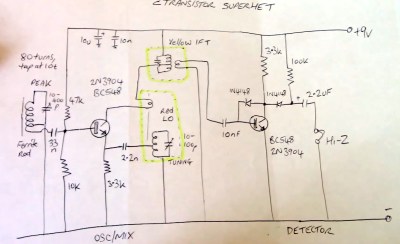I needed a basic timer on Linux and so in installed gnome "clocks" via the program "software".
-
@lritter ok sorry for the delay, i forgot about your request, but i was reminded when tavy suggested kclock last night. I gave it a try tonight and it segfaults when I try to run it, so unfortunately this means I cannot at this time determine whether or not kclock is a worse program than gnome clocks. Under normal circumstances, one would probably consider immediately segfaulting to be a significantly negative quality for a program to have, but I think that could improve gnome clocks.
@aeva haha
-
@aeva but is it better?
-
@aeva but is it better?
@lritter yes :D
-
@aeva a boundless feeling of vindication saturates every fiber of my being
-
@aeva a boundless feeling of vindication saturates every fiber of my being
@lritter I am happy for you. almost as happy as I am to have a satisfactory clock app
-
@lritter I am happy for you. almost as happy as I am to have a satisfactory clock app
@lritter but not as happy as i am that installing this did not pull in like 60% of the KDE dependencies and kill my audio
